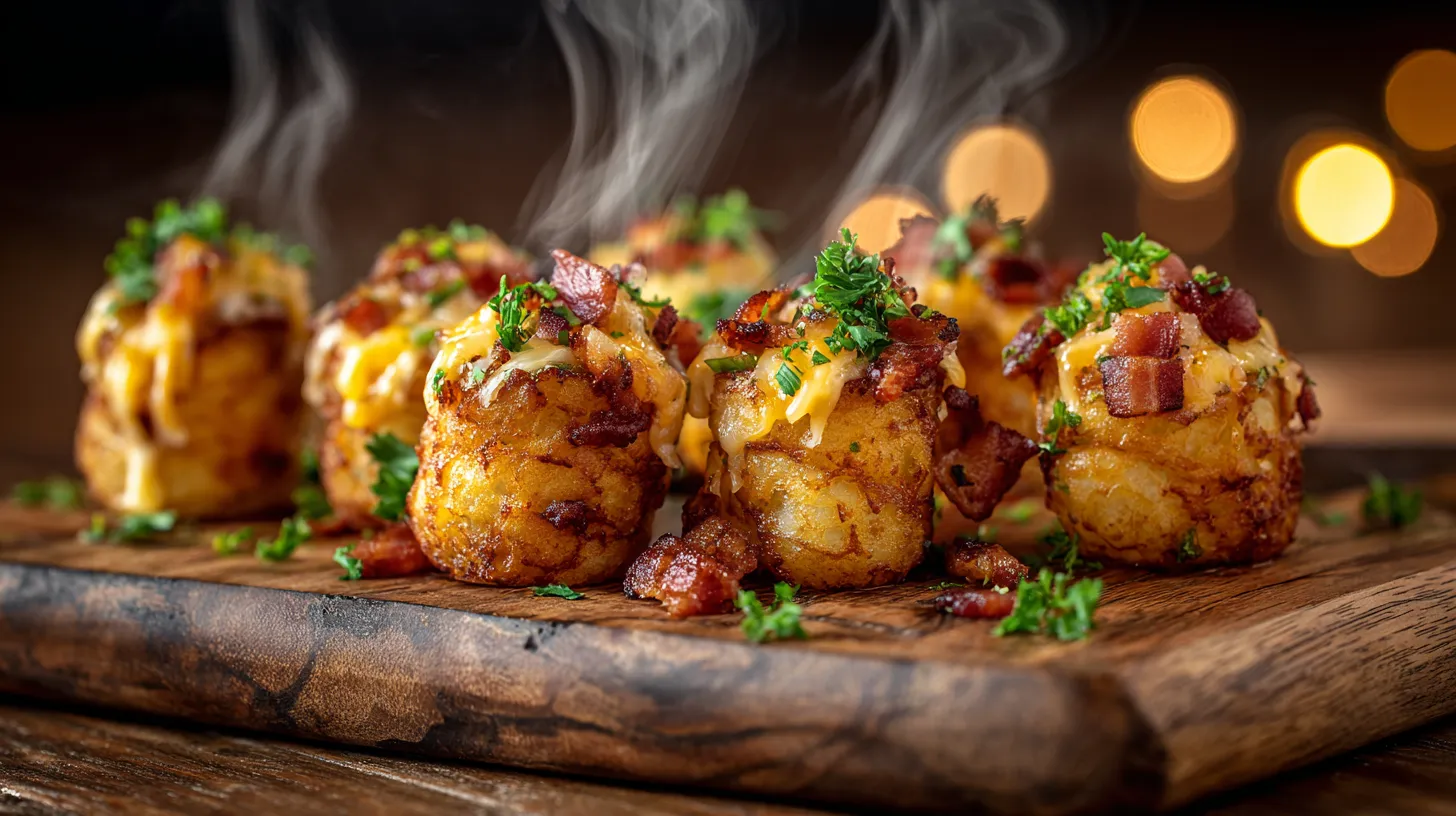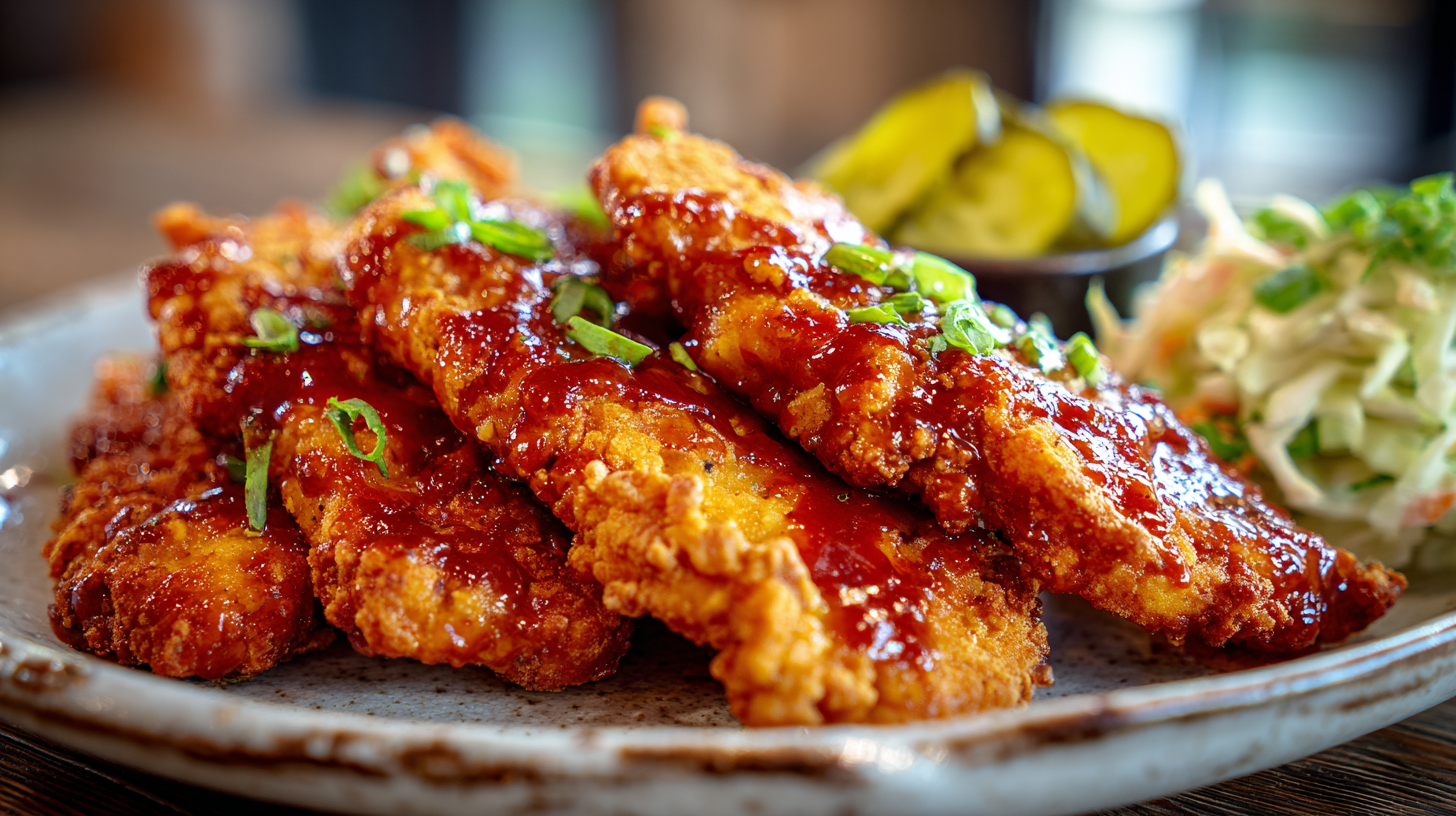Starting an active lifestyle? Homemade meat sticks are perfect for the trails, workouts, or quick snacks. They’re tasty, packed with protein, and easy to make. This guide will show you how to make delicious deer snack sticks and more.
Imagine biting into a meat stick that’s just right. It’s smoky, chewy, and full of flavor. We’ll teach you how to pick the best meat, season it, and smoke it. You’ll make snacks that everyone will love.
Introduction to Homemade Meat Sticks
Homemade meat sticks are a tasty and healthy snack. You can pick the ingredients and flavors you like. They are better than store-bought snacks because they don’t have extra stuff.
You can make them with beef, venison, or turkey. This lets you try new things and find your favorite.
Benefits of Making Your Own Snacks
Making your own snacks has many benefits. You can choose the seasonings and use fresh ingredients. This makes your snacks better for you.
They’re great for when you’re active, like hiking or camping. You can also make them in big batches for easy meals. Plus, they make great gifts.
Overview of Meat Stick Varieties
Meat sticks come in many types. You can try beef, venison, turkey, bison, and elk. Each one tastes different and has its own health benefits.
Venison is a favorite for outdoor lovers. It’s lean and tastes gamey. Beef and turkey are also good for making your own snacks. You can make them just how you like.
| Meat Stick Variety | Flavor Profile | Nutritional Benefits |
|---|---|---|
| Beef | Rich, savory | High in protein, iron, and B vitamins |
| Venison | Lean, gamey | Low in fat, high in protein and minerals |
| Turkey | Mild, versatile | Low in fat, high in protein and B vitamins |
| Bison | Slightly sweet, earthy | High in protein, iron, and omega-3 fatty acids |
Essential Tools and Equipment

To make homemade meat sticks, you need some key tools. First, a meat grinder is vital for the right meat texture. A meat mixer blends meat and seasonings well. Also, a meat lug and a big, safe container for mixing are must-haves.
Stuffing meat into casings needs a good stuffer. For smoking, a smokehouse or your oven works. You’ll also need a food processor, dehydrator, cutting board, sharp knife, and gloves for cleanliness.
Having the right tools makes making meat sticks easy and fun. With some prep, you’ll make tasty homemade snacks.
| Tool/Equipment | Purpose | Recommended Model/Specifications |
|---|---|---|
| Meat Grinder | Grinding meat to the desired texture | LEM #8 Meat Grinder |
| Meat Mixer | Blending meat and seasonings evenly | Weston #22 Meat Mixer |
| Meat Lug | Holding ground meat for mixing and stuffing | 10-Quart Stainless Steel Meat Lug |
| Sausage Stuffer | Stuffing meat into casings | LEM Jerky Cannon with Single and Double Nozzles |
| Smokehouse | Smoking meat sticks for flavor and preservation | Masterbuilt Smoker (30-inch design) |
| Food Dehydrator | Drying and preserving meat sticks | Excalibur 3926TB Food Dehydrator (9 trays, 15 sq ft) |
| Vacuum Sealer | Packaging and preserving meat sticks | FoodSaver V2244 Vacuum Sealer |
Grinding and Mixing the Meat
Grinding and mixing are key steps in making tasty homemade meat sticks. You need to learn how to grind and mix well. This will help you make the best meat stick.
Proper Grinding Techniques
Getting the right texture for meat sticks starts with grinding. First, grind the meat through a coarse grind using a 3/8″ plate in your food processor or meat grinder. This makes the meat uniform. Then, grind it again with a finer 1/8″ plate for a smooth texture.
Mixing Methods for Optimal Texture
After grinding, it’s time to mix the meat. You can mix by hand or with a stand mixer and paddle attachment. Mix for 8-10 minutes to get the meat sticky and binding.
Add citric acid or high-temp cheese in the last 60 seconds. This gives your meat sticks a tangy flavor and great texture.
Seasoning and Flavor Profiles
Seasoning and flavor profiles are key to making tasty homemade meat sticks. You can go for a classic smokehouse taste or a spicy kick. The right seasonings can turn simple meat into a great snack.
Popular Meat Stick Seasoning Blends
Popular seasoning blends include honey BBQ, Sriracha, and pepperoni. These blends mix sweet, savory, and spicy flavors. They also have curing agents to keep the meat looking and feeling good.
Customizing Flavors: Spices, Herbs, and Marinades
You can also try different spices, herbs, and marinades for unique flavors. Garlic powder, onion powder, and black pepper are great for adding depth. Paprika, cumin, oregano, thyme, and rosemary enhance the meat’s natural taste.
Coriander, mustard powder, cayenne, chili powder, and red pepper flakes add spice. Liquid smoke, soy sauce, Worcestershire sauce, apple cider vinegar, honey, maple syrup, brown sugar, and molasses bring sweet and savory notes.
Try mixing these seasonings and marinades to find your favorite flavor. The goal is to balance sweet, savory, and smoky flavors. This way, you’ll get a delicious homemade meat stick.
Choosing and Preparing Casings
Choosing the right casing is key for tasty homemade meat sticks. You can pick from natural or collagen casings. Each has its own benefits and looks. Knowing the difference helps you make snack sticks that impress.
Natural vs. Collagen Casings
Natural casings come from sheep or hog intestines. They give your meat sticks a traditional feel. They also have a “snap” when you bite, enhancing the taste.
Collagen casings are newer and more uniform. They make your meat sticks look the same. Both types have their perks, depending on what you like.
| Casing Type | Diameter Range | Advantages | Disadvantages |
|---|---|---|---|
| Natural Casings (Sheep, Hog) | 19-35 mm |
|
|
| Collagen Casings | 17-42 mm |
|
|
Getting your casings ready right is crucial. Always follow the maker’s guide. Try different casings to find the best for your meat stick recipe.
Stuffing and Linking the Meat Sticks
Stuffing the seasoned meat into casings is key in making homemade meat sticks. It’s important to get the shape right. This means mastering the right techniques.
First, get your meat stuffer and casings ready. Make sure the stuffer horn fits your sausage sticks. Put the seasoned meat into the meat block. Start stuffing the casing, pressing evenly to avoid air pockets.
- Stuff the casing, leaving a small amount of slack at the end.
- Twist or link the meat sticks at regular intervals, typically around 6 inches, to create individual pieces.
- Ensure the links are tight and well-formed, maintaining the desired shape and size.
If you’re using a stuffer horn without a meat stuffer, stuff the casing by hand. Use the same even stuffing and linking techniques. This might take more practice but can make your sausage sticks special.
| Meat-to-Fat Ratio | Recommended Ratio |
|---|---|
| Lean Meat | 85-75% |
| Fat | 15-25% |
Getting the meat sticks right takes patience and focus. With practice, you’ll make sausage sticks that look like they came from a pro.
Smoking or Cooking Process
You can make homemade meat sticks in a smoker or oven. Both ways make tasty snacks. But smoking adds a special depth to the flavor.
Smoker Setup and Wood Chip Options
Use a smoker that keeps a steady temperature. Start at 150°F and go up to 180°F over 6 hours. This lets the meat reach 152°F inside.
Try different wood chips like hickory, pecan, mesquite, or applewood. Find the flavor you like best.
Oven-Baking Instructions
Without a smoker, oven-baking works well. Heat your oven to 170°F. Cook the sticks for 4 hours until they hit 152°F inside.
You can also use a dehydrator at 160°F for 5-6 hours. Always check the temperature with a food thermometer. This ensures your meat sticks are just right.
Smoking or oven-baking, keep the temperature steady. This makes your meat sticks juicy and full of flavor. They’ll be perfect for satisfying your cravings.
Cooling and Storing Homemade Meat Sticks
After smoking or cooking your homemade meat sticks, it’s key to cool and store them right. This keeps them fresh and extends their life. You can cool them by air drying or using an ice bath.
For air drying, hang the meat sticks or use a cooling rack at room temperature. This makes them dry and firm. Or, you can cool them fast in an ice bath to stop bacteria from growing.
After cooling, store them in the refrigerator or freezer. The fridge is best for a few weeks. The freezer keeps them good for months.
For longer life and safety, use a vacuum sealer or airtight containers. This keeps the meat sticks fresh and safe to eat.
Proper cooling and storing are vital for your homemade meat sticks’ quality and safety. Follow these tips to enjoy your snacks for a longer time.
Homemade Meat Sticks: Easy DIY Snacks

Homemade meat sticks are a great DIY snack. They are tasty and nutritious for your busy life. They’re perfect for hikes, camping, or road trips. They also make great gifts for food lovers.
Making your own meat sticks is easy and fun. You need just a few tools and ingredients. You can make many flavors, from classic to bold.
Homemade meat sticks let you choose what goes in them. You can pick lean meats like venison or turkey. You can also pick your favorite spices and herbs.
Adding homemade meat sticks to your life is easy. They’re great for meal prep or snacks. They’re also a unique gift that shows off your cooking skills.
So, if you love the outdoors, healthy snacks, or trying new foods, try homemade meat sticks. Start a tasty journey and enjoy making your own snacks.
Nutritional Benefits of Homemade Meat Snacks
Homemade meat sticks are a great, protein-rich snack. You control the ingredients for a healthier snack than store-bought ones. Let’s look at the benefits of making your own meat snacks.
Calorie and Macronutrient Breakdown
A 1-ounce (28-gram) serving of homemade beef jerky has about 116 calories. It has 9.4 grams of protein, 7.3 grams of fat, and 3.1 grams of carbs. It’s perfect for low-carb or keto diets.
Nutrient-Dense Meat Options
- Choose lean meats like venison, beef, or turkey for more protein and less fat.
- Opt for grass-fed, organic, or pasture-raised meats for extra nutrients.
Sodium Awareness
Homemade meat sticks have about 22% of the daily sodium in a 1-ounce serving. While some sodium is okay, too much can harm your heart. Watch the sodium and adjust the seasoning.
| Meat Snack | Calories | Protein (g) | Sodium (mg) | Price |
|---|---|---|---|---|
| Grass-fed Venison Snack Bar | 130 | 12 | 750 | $31.99 for 12 bars |
| Grass-fed Beef Biltong | 160 (per 2oz) | 32 | 750 | $7.99 per 2-oz bag |
| Grass-fed Beef Snack Sticks | 100 | 10 | 330 | $3.25 per package |
By making your own meat sticks, you get a healthy, protein-rich snack. It meets your dietary needs and tastes great.
Creative Serving Ideas and Pairings
Homemade meat sticks are great for many ways. You can add them to appetizers, charcuterie boards, and snack mixes. This adds a tasty twist to your snacks.
Charcuterie Boards and Appetizers
Meat sticks are perfect for charcuterie boards. Cut them into small pieces and mix with cheeses, crackers, and meats. They look good and taste even better.
You can also put meat stick pieces on skewers. This makes tasty appetizers for parties.
Snack Mixes and Trail Mixes
Make your snack or trail mix better with meat sticks. Their savory taste goes well with nuts, seeds, and dried fruits. Try different mixes to find your favorite.
| Serving Idea | Pairing Suggestions |
|---|---|
| Charcuterie Boards | Cheese, crackers, bread, cured meats |
| Appetizers | Skewers, dips, condiments |
| Snack Mixes | Nuts, seeds, dried fruits, crunchy snacks |
| Trail Mixes | Nuts, seeds, dried fruits, cereal, pretzels |
Try these ideas to make your meat sticks special. They can be a hit at parties and satisfy your taste buds. Enjoy these tasty creations!
Conclusion
This guide has given you all you need to make tasty homemade meat sticks. You now know how to make your own DIY snacks. You can make protein-rich meat sticks in your kitchen.
Try different meats, seasonings, and cooking ways to find your favorite flavors. Homemade meat sticks are great for a quick snack or a special gift. They are easy to make and very satisfying.
Make your own unique meat sticks, from classic to international flavors. With the right tools and techniques, you can make your snacks better. Impress your friends and family with your meat stick skills. Start making delicious, protein-rich snacks today.
FAQ
What are the benefits of making your own homemade meat sticks?
Making your own meat sticks lets you pick the ingredients. You can also adjust the flavors to your taste. Plus, they’re healthier and often cheaper than store-bought ones.
What types of meat can be used to make homemade meat sticks?
You can use lean meats like venison, beef, turkey, bison, elk, lamb, and chicken. The key is to mix lean meat with fat for the right texture and taste.
What equipment is needed to make homemade meat sticks?
You’ll need a meat grinder, mixer, stuffer, and smokehouse (or oven). A food processor, dehydrator, cutting board, and sharp knife are also helpful.
How do I choose the right meat-to-fat ratio for my homemade meat sticks?
Choosing the right meat and fat mix is key. It makes your meat sticks tender yet chewy. Find the perfect balance for your taste.
How do I season and flavor my homemade meat sticks?
Seasoning is important for tasty meat sticks. Try honey BBQ, Sriracha, or pepperoni flavors. Or, mix your own with spices, herbs, and marinades.
What type of casings should I use for my homemade meat sticks?
You can use natural or collagen casings. Each has its own benefits. Choose what you like best.
How do I properly stuff and link the meat sticks?
Stuffing the meat into casings and linking them is key. Use a meat stuffer and sausage linker for a professional look.
Should I smoke or oven-bake my homemade meat sticks?
You can smoke or oven-bake them. Smoking uses wood chips for flavor. Oven-baking is easier if you don’t have a smoker.
How do I properly cool and store my homemade meat sticks?
Cool them down and store them right for freshness. Use air drying, ice baths, refrigeration, freezing, or vacuum-sealing.
What are the nutritional benefits of homemade meat sticks?
Homemade meat sticks are a healthy snack. They’re low in calories and sodium. You can use lean meats for a protein-rich snack that fits many diets.





